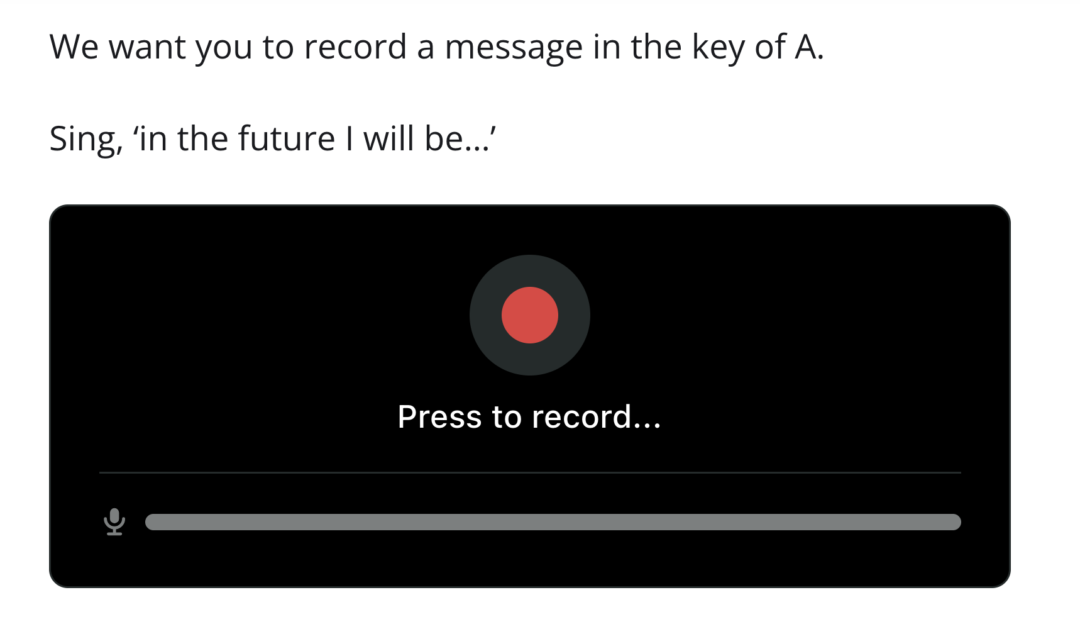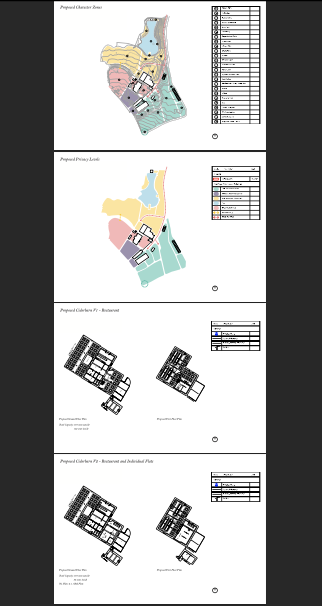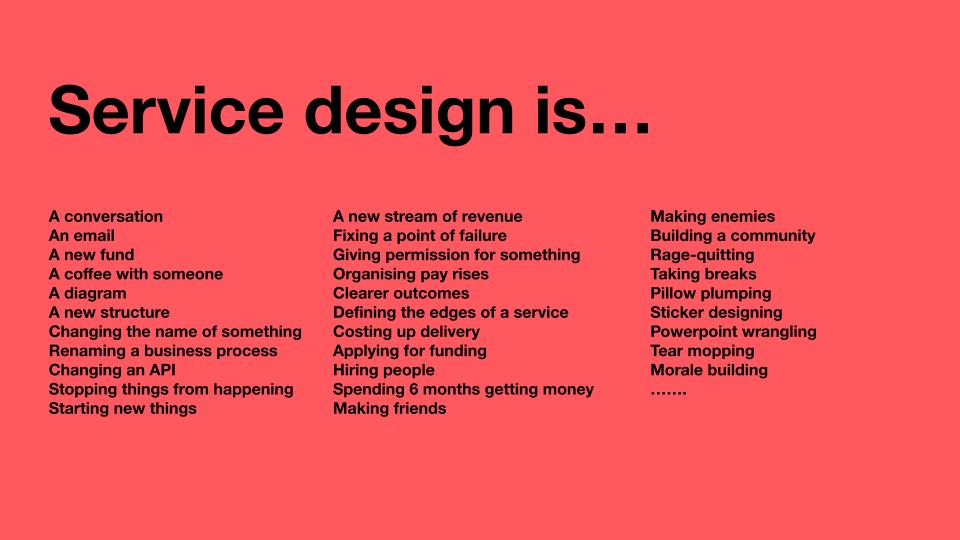So regular, so let’s keep going.
Always get to the end of it and think, wow ‘what a week’. This time I’ve been to and from Montenegro, so you’re getting late Friday PM travel out loud thoughts
School of Good
On the agile service design course I run, I decided to start doing 1:1 30 minute (or so) coaching calls after it as I really want to make sure people get what they need from the course. So I had a few 1:1’s this week. I found the flavour of them this time were;
a) You can do it! (Hypeman)
b) Think about how you’re communicating. Sometimes people might be overwhelmed with the all the problems you’ve spotted/ are telling them about (A service blueprint is not service design, moving people to see services, make them good, and commit to designing them is our job)
c) There is no such thing as one ‘service design role’ bring all your experience to the table (We can’t science exactly what a designer is nor the process exactly, people have been defining and un-defining it for over a 100 years). It is a culmination of experience, using data and evidence to make good informed decisions that you then test (and a few more things).
Just going to leave these here from Cross, Nigel (2001). Designerly ways of knowing: design discipline versus design science.
‘In the 1970s I reacted against design methods. I dislike the machine language, the behaviourism, the continual attempt to fix the whole of life into a logical framework.’ – J. Christopher Jones
‘I’ve disassociated myself from the field… There is so little in what is called “design methods” that has anything useful to say about how to design buildings that I never even read the literature anymore… I would say forget it, forget the whole thing.’ – Christopher Alexander
Did some more USA/Canada planning. Trip is shaping up.
Loch Lomond and Trossachs National Park
TL:DR I’m a board member at the National Park, with 6 years in post. I chair the Future’s Group, a space for forward thinking on how we deliver on our strategy (set out in a National Park Partnership Plan).
I ran an online Future Group Session on the Green Economy. We had three great speakers come and share challenges in the system of a green economy but also hope and ideas of where next;
Ross Martin – Ross is an adviser on regional economies with buckets of experience in and around Government/industry and economics
Annie Robinson – Chartered Institute of Ecology and Environmental Management co-ordinator looking at green jobs and skill pathways
Chiara Fingland – Imagine If Director & Co-Founder, who’s working with local communities to catalyse action (Chiara’s slide below)
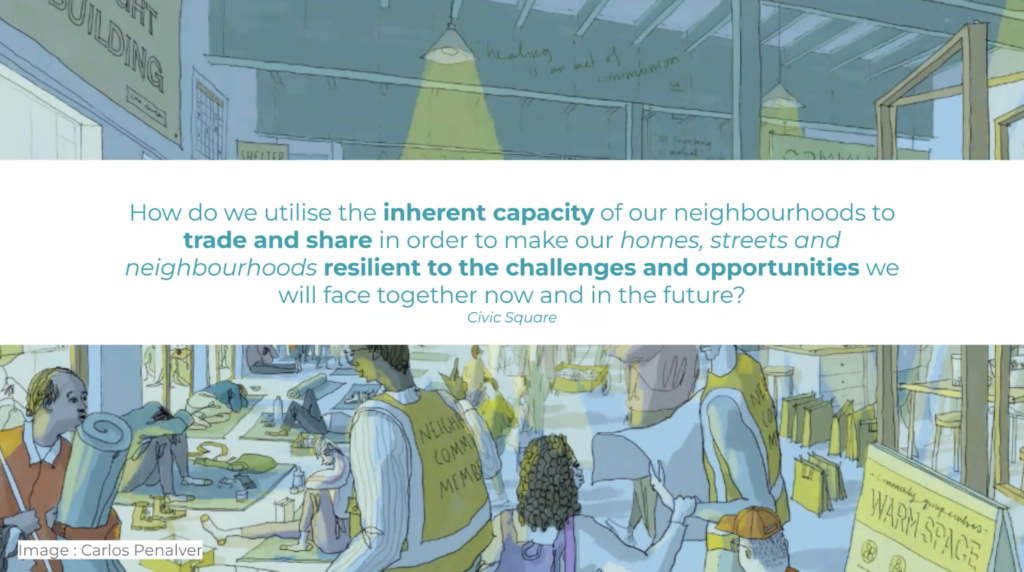
I left with several reflections and thoughts (when I say we, I’m not speaking for the National Park here, ‘we’ as in, someone/somehow should, can and could)
- We need to enable communities to take ownership of opportunities and support them to imagine preferable futures for their areas
- We need to provide support in what community ownership models can look like and the scaffolding to make this a proposition people can genuinely work on (collaboration takes time)
- Stories of success from areas in the park and further afield around thriving communities, community-led economic and non monetary exchange models, will be good currency to show the art of what’s possible and inspire people
- Approaches could include targeted areas of innovation challenges (of the non technical kind, no, not AI applied to communities) and public sector partners coming to the table to co-design new ways of delivering services/outcomes
The brilliant work of folks like CIVIC Square were shared and I’m familiar with it, but I do think different ways of thinking about community action is new to people and it’s important to bring these conversations, stories and examples continuously to the fore to inspire.
The way we have always done things, doesn’t need to be the way we will always do things in the future.
Montenegro Calling
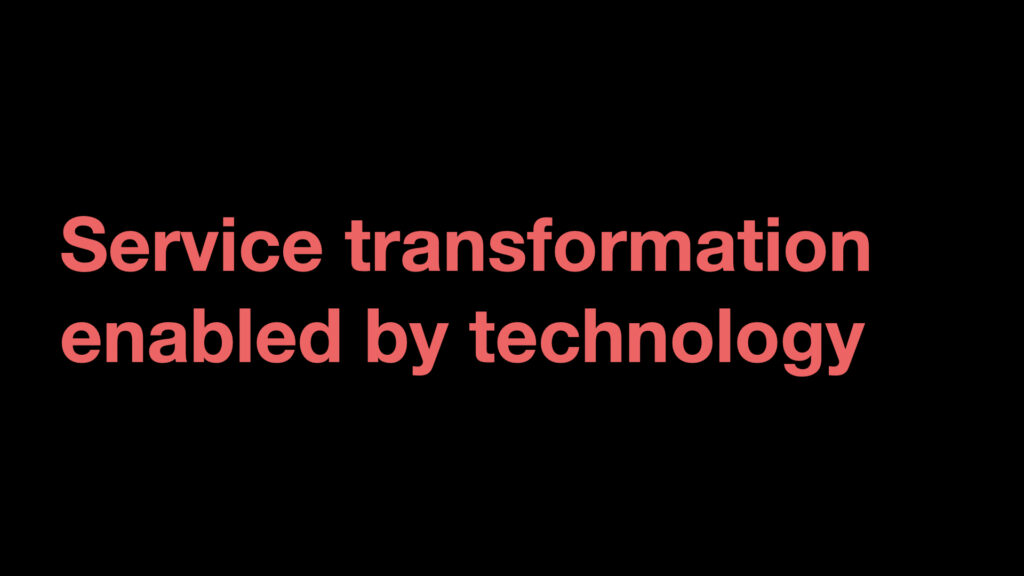
I went to Montenegro and gave the opening keynote on Services before technology.
Ultimately the punchline was Service transformation enabled by technology, less of the navel gazing digital transformation.
Mega thanks to ITSPOT.ME for having me and making it a comfortable ride. I was really sad not to get to spend more time with the organising team but I had the most unreal fever come on the night before my talk and with enough hyper strength milligram ibuprofen (thanks Vladimir) I powered up to speak. I then had to go lie back down and rest for the day.
Some key slides and considerations I put forward;
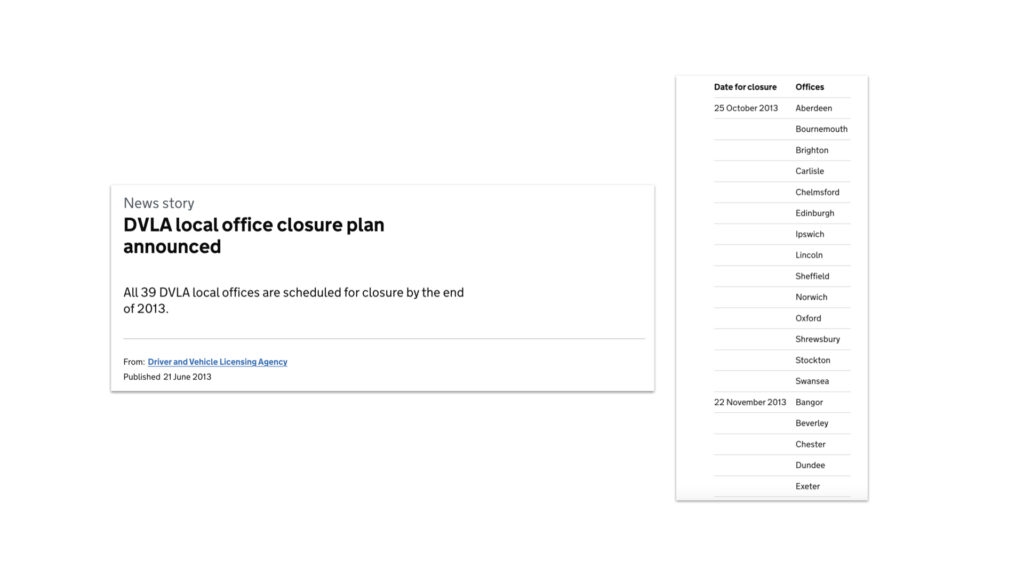
I reminded us it was only 10 years ago we closed lots of Government departmental offices like DVLA
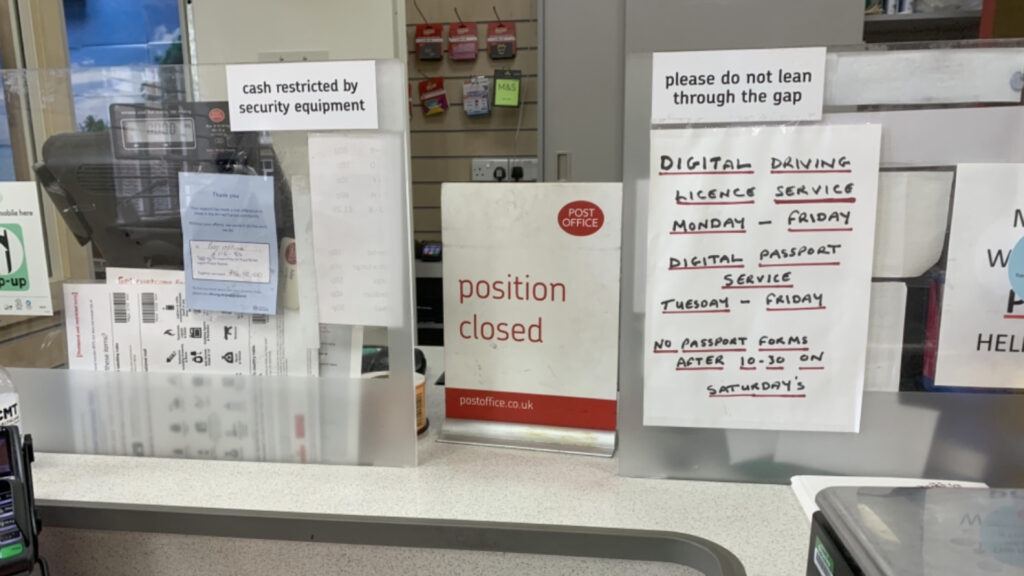
When we take services online, we ask users to do things without human support or supervision. This means we have no one to ask for help, clarity, signposting, assurance we’re doing something right, build trust, helping us navigate how something works, set expectations, help access something and flag when we’re not ok. When you start breaking it down, we have to fulfil these things in our designs or at the least, recognise the wider implications on our public services when we’re not doing this. It got me thinking about a line from Stripe partners on improving travel search with AI, “By observing travel experts supporting travellers, we identified what unique support human agents provide, and the areas where generative AI features can add real value.” This has sort of been my new lens of looking at emergent technology. What is just enough human in our services? And what is not enough? What can humans do that machines can’t? This is a black hole I will refrain from going into right now.
When we have bad services, we fall short on what sustains our organisations (Revenue, trust, track record of delivery, reputation, steady cost of delivery, lives)
Most organisations don’t know what their services are, or beyond naming products and processes. We need to see our services and know their intended outcomes. Reframe these, orient to help people do things.
Users often do the hard work to make services work for them, and piece services together to reach their intended outcome
Of course I talked about the principles of good services 😉 and Good Services are verbs, bad services are nouns.
I talked about inclusion and the stats like 8% of adults lack the essential digital skills for life in the UK from recent research by Good Things Foundation x Liverpool University and Lloyds Bank
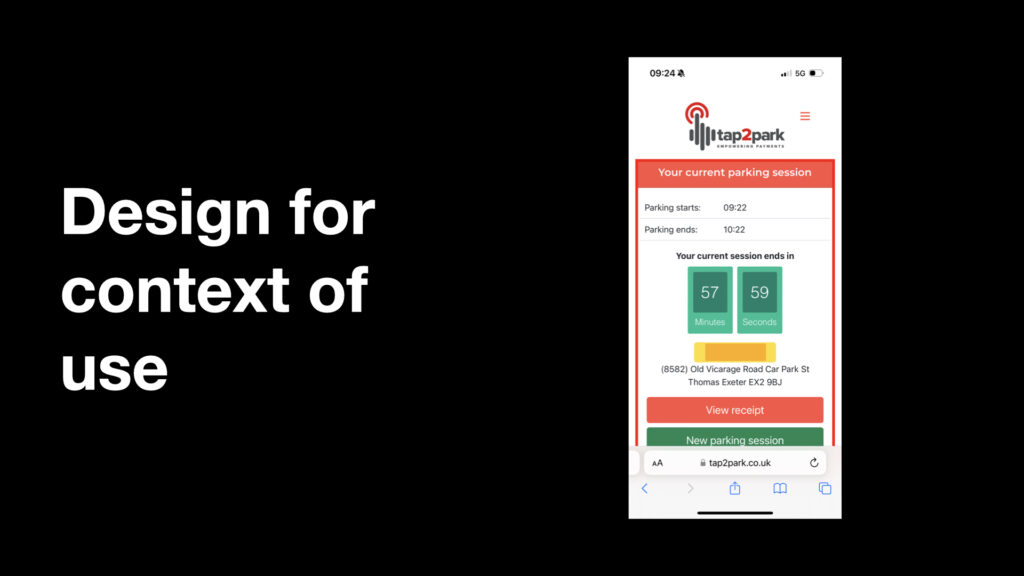
I gave three cheers to a parking company who made a mobile website with built in payment functionality, rather than another app to download. Asking people to think about the context of use and not making services exclude people based on what they can do, who they are and what they have access to (think when there is no data, but ask people to download an app)
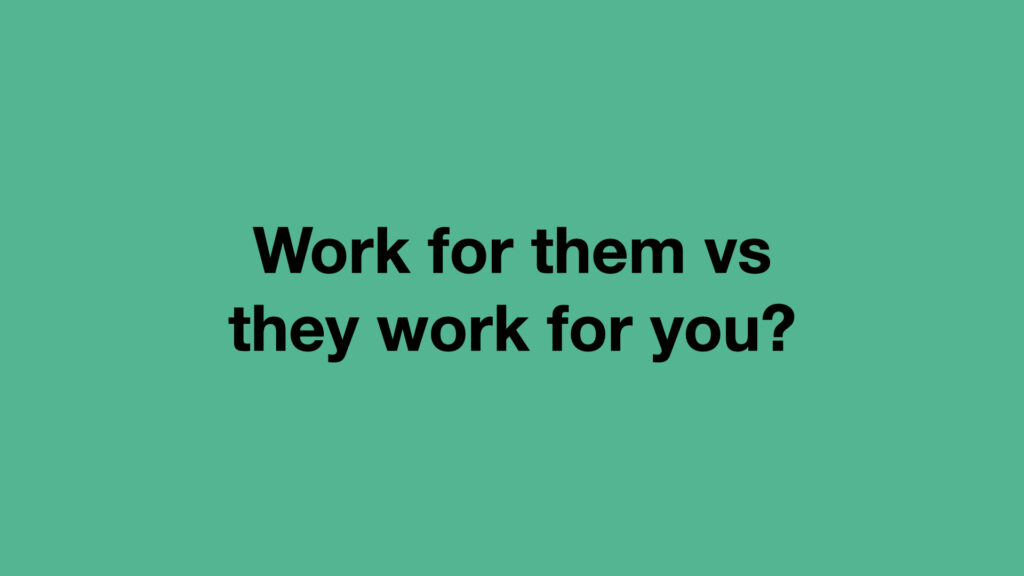
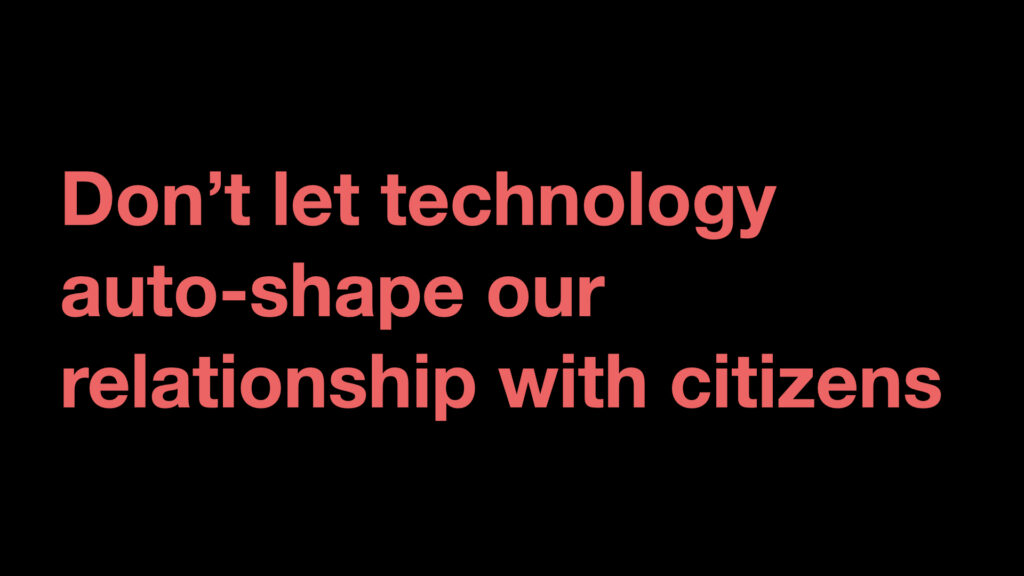
And I asked about the type of relationship Government wants to have with the people who live in the country, hat tip to the blog by Jeni Tennison on digital centre and not let technology shape our services.
In a lovely surprise, Rachel Coldicutt rocked up and I got to see her talk live, in 3D rather than through the medium of a video
She is a diamond. So succinct. Such a good talk.
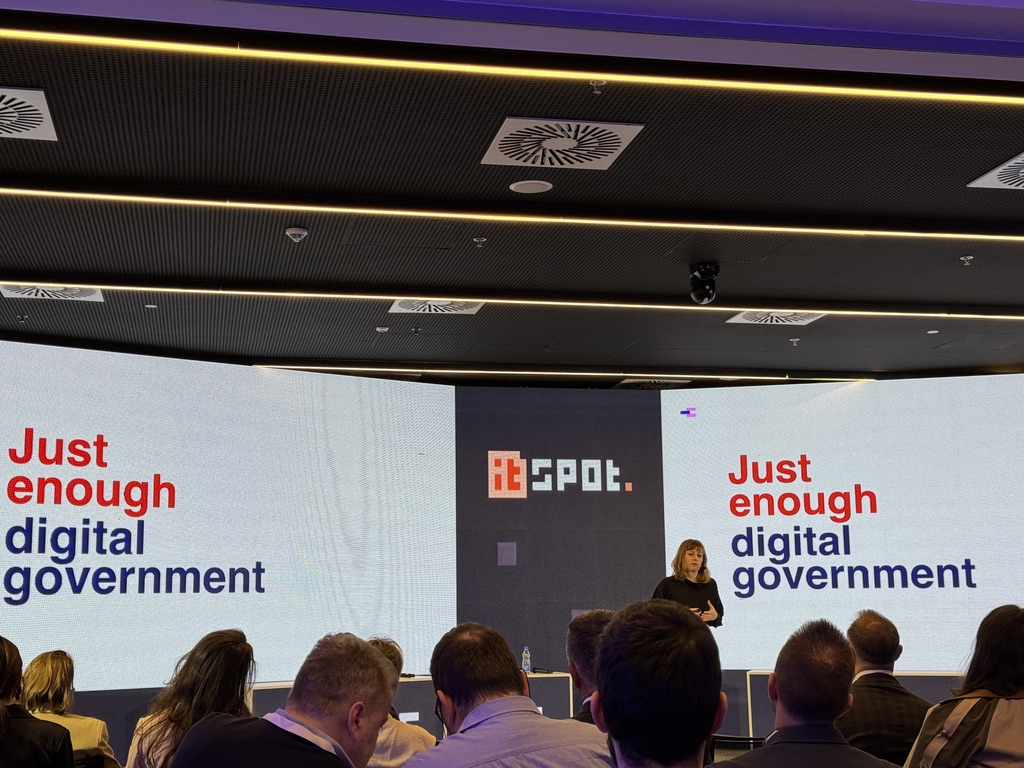
My takes aways were:
FOMO is not a strategy
Meet people where they are
Mini publics not general public
In particular, this point ‘Maintenance is the innovation’
I’m not sure if Rachel actually said this, or I paraphrased, but that’s what I took from it. Maybe she did say it. She was asked about how to do ‘good’ digital.
She flagged that often in Government ministers need to newsflash that they’ve delivered something NEW, or innovative, but the most innovative thing we could do is to invest in long term funding technology and the teams behind it, beyond the initial capital expenditure or programme costs. She asked to think about a common technology we use everyday, that’s evolved over time. Like Google Maps for example. There are teams who have been constantly iterating that for years, responding to new technology, exploring what it can do, building more with increased access to data. So why should Government launch a thing then just leave it. I think Rachel has sort of referred to this as either boring innovation or a boring revolution before, but I am so here for that. The amount of times I’ve seen organisations buy or build something digital only to leave it and forget it needs to be continuously looked after. Maybe we should give executive teams Tamagotchis for a month and come back with lessons learned on care, over attention and under attention, then talk about technology and services.
Then we had coffee, a good old natter about the world and I came home. Currently writing notes on my way back to Exeter.
Sing Wild Seeds / Earth Percent
TL:DR I’ve been working with JRF and Earth Percent to experiment with music artists over the summer at music festivals on methods in participatory music making for worldbuilding and envisioning/building hopeful future narratives. And now we’re trying to prototype and test how that might translate online.
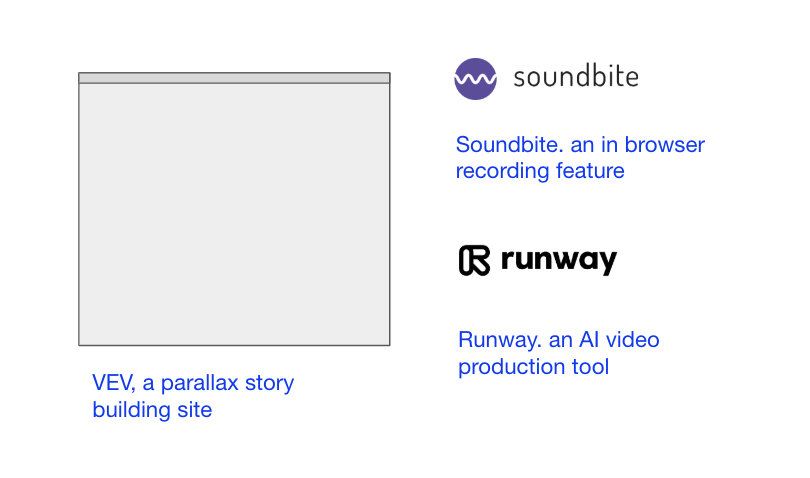
I spent a little more time exploring off the shelf technologies so that I can throw together quick to edit prototypes. I found a neat tool called soundbite that embeds pretty easily using a code widget. If you want to try it, feel free to leave me a wee message if you’ve read these week notes here. (You might feel weird about that, I also do, but hey, it’s the internet, let’s test this thing. For data transparency, I might post some, so don’t be weird)
I also looked into vev, a sort of more interactive storybuilding page tool. I’m keen to try and make something a little more immersive.
I started thinking more about what kind of scenarios we could create or kernels of worlds and contexts that create space for people to imagine futures and express through song/sounds. I experimented with Runway. I’m keen to see how to use technology like this without producing over synthetic AI future crap.To be honest, most of it is starting with the creative work yourself of how to make a scene/what’s the narrative.
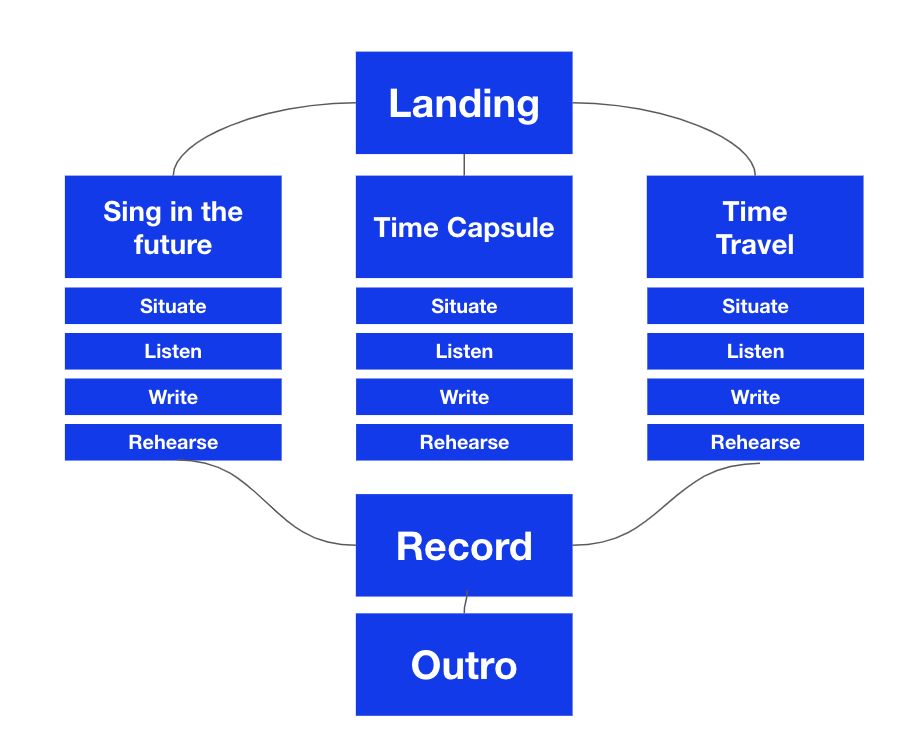
Prepared for a meeting with their music producer Danny so I can come with some semi-formed ideas on how we might do this, but many questions from a music production side of what we might create. Like do we ask people to give us samples in a key, to a melody, for a specific set of time, do we pitch shift afterwards, are we even constructing a song or like samples to totally mangle. Are we making a song after, or some ethereal art works from the future.
I LOVE this sort of work. It’s where I fly and my heart sings. Exploring early concepts with experiments to learn and give us insight but more importantly creative energy to apply to something more formed in the future. Will reveal more soon.
Sample Club
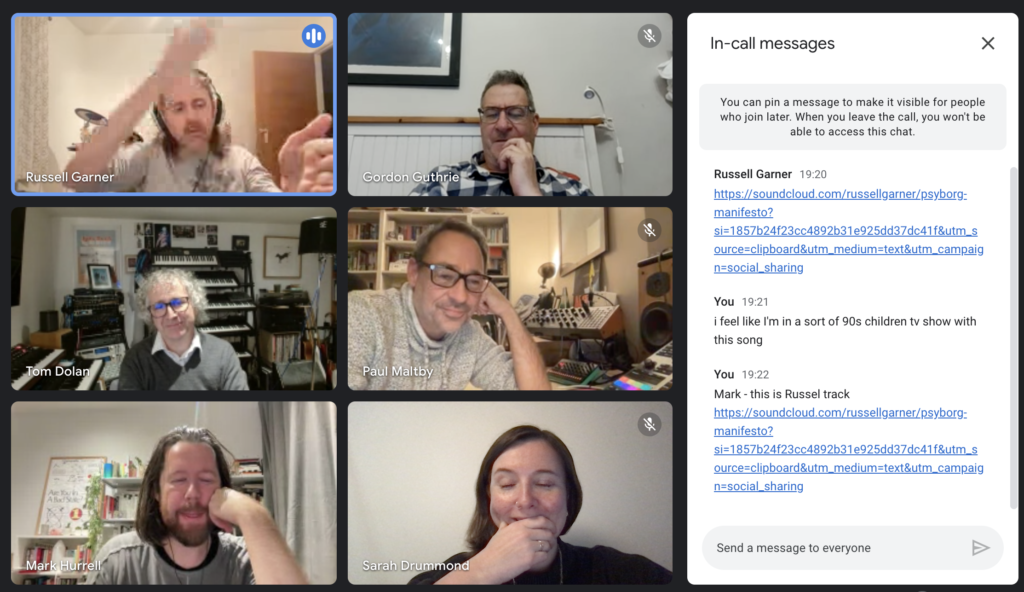
Joy came in the form of a rather lovely, of the 2010 early twitter-esque days when a bunch of people coalesced on a tweet from Rachel Coldicutt (yes she has featured heavily in my week).
Anyway, we made some songs inspired by her talks. And the results were lovely, and warming, and having a deadline of a hangout call in the diary forced us bedroom producers of the internet to finish a song.
I thoroughly enjoyed meeting some old and new bluesky friends, showing off our various music gear. Turns out, lockdown really was a golden era for music stores. People bought synths HARD.
If you’re interested in what we all created, there’s a thread here.
Watched
I started re-watching the USA Office. Genius.
Listened
Pyre, Throwing Snow. I forgot how much I like Throwing Snow (Oh man, I really need to get off Spotify, read this from Tumshie)
Read
USA made it easier to do usability testing (Post from Natalie Moore on thanks ins and outs)
Entry level roles in Service Design (Emma Parnell)
I swear down I read more, but I forgot to save anything, links in notes above.
Moved
Walked into inner Podgorica. My left foot hurt after, but hey friends, I have a letter to go and get an actual NHS X-ray next week! So we can finally rule out (or in) stress fracture. If it’s a no, I got to figure out a way to get back on the moving. It’s been around 5 weeks of not much moving and my body is not ok.
